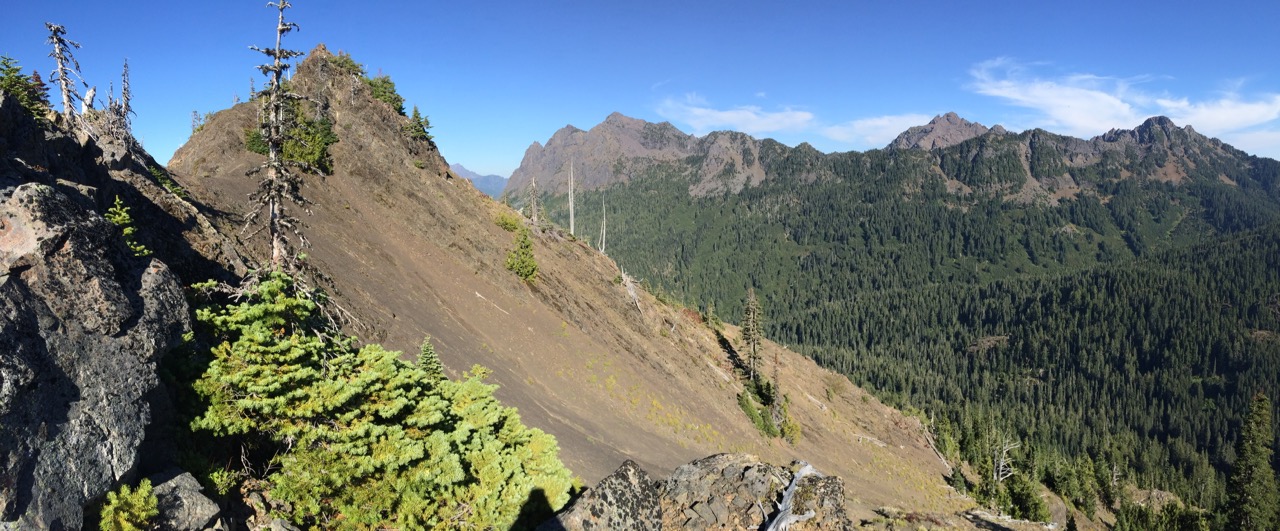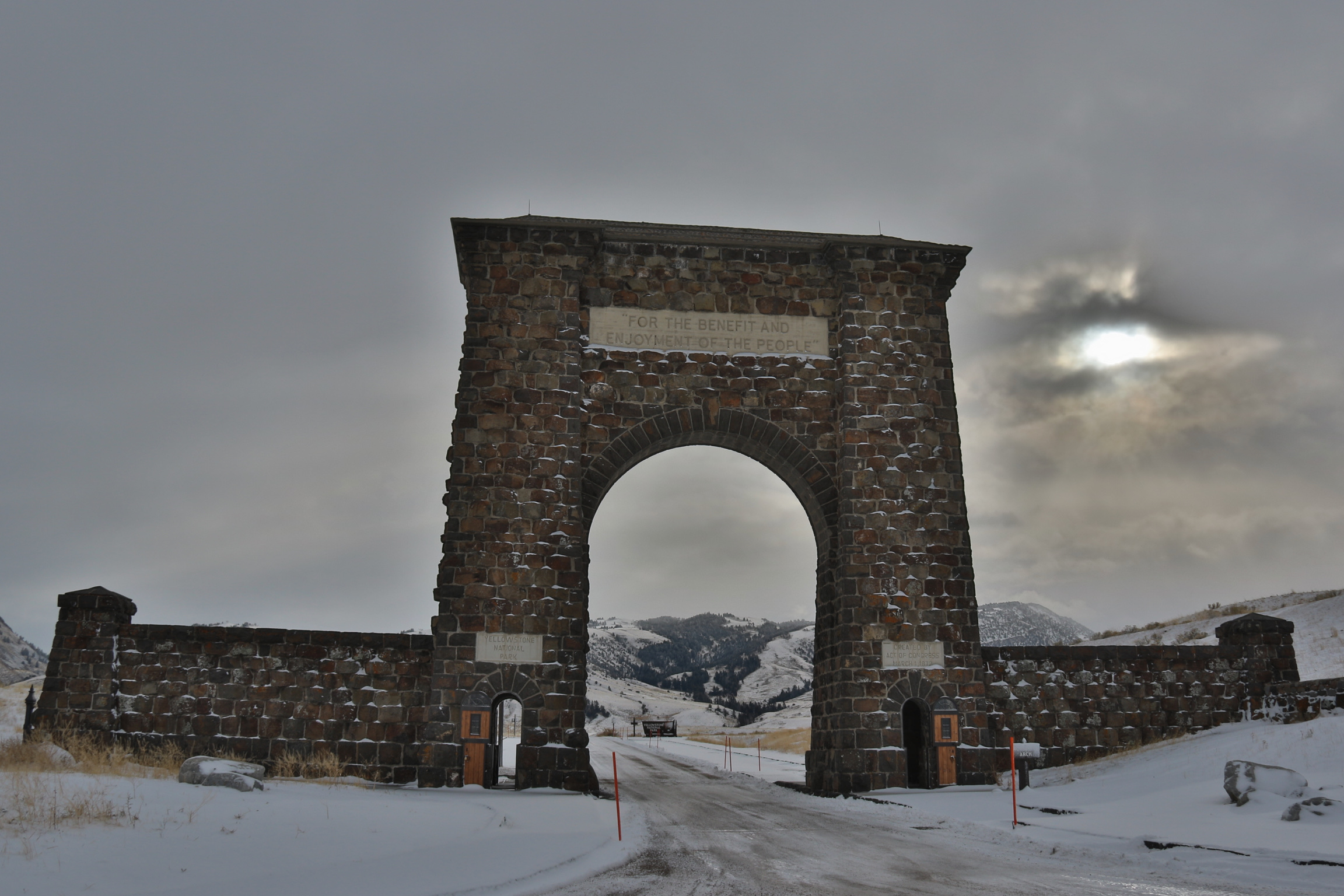A rugged peak exists in the Southeast corner of the Olympic National Park where few hikers venture to go. The top is ragged in places, with exposed rocks teetering precariously at the top of a 3,000ft summit, giving unrivaled views of one of America’s most wonderful wilderness regions. Rarely visited, seeing only a handful of hikers each month, Olympic’s Cub Peak is a mountain you need to experience this summer. Considered to be the steepest hike, per mile, from a parking area in Olympic National Park, Cub Peak is one of our favorite destinations high above the Hood Canal.
Located in the Staircase region of the park, this trail climbs up a forested hill to aa mediocre lake before one last push toward the top of the peak. Considered more of a strenuous hike than a climb, the rewards found tea the top are breathtaking and extremely worth every dup of sweat. Even for those in decent shape, the path to Cub Peak is a leg and lung burner that takes you to beautiful awesomeness. With warning signs at the trailhead, it shouldn’t as a shock. When you hike this trail, you will be tired and you will sweat. You will reach the top and you will be rewarded with a view that will make the sore legs fade away
The route to Cub Peak in Olympic gives you a bit of nearly every bit of terrain found in Olympic National Park, rolled into one hike. Starting along the North Fork of the Skokomish River, the trail climbs through dark green, old, dense ferns and forests before going to a high alpine lake (Wagon Wheel Lake) surrounded by trees and glimpses of cliffs, rounded peaks and rhododendrons. Past the lake, the path becomes primitive, climbing up a steep hill leading to a plate full of panoramic beauty and wonder, high above the surround valleys. From here, the path continues over rock outcroppings, through some infamous Olympic scree before finally arriving at the summit of this often-overlooked peak.

The trail to Cub Peak is relatively simple for the majority of the hike. For 2.9 miles, the trail weaves through ferns and timber, climbs next to an old mine shaft, and then heads up the forested slope toward Wagonwheel Lake. Cub Peak stands at 4,755ft above sea level. While this elevation might not seem to amazing, keep in mind that the 3.3 mile trail starts at almost exactly 4,000ft below. With switchbacks starting right away and never letting up, this is officially one of the most difficult day hiking trails on the Olympic Peninsula. Many will argue, but this is fact. There are no hikes that rival the steepness of this hike directly from a trailhead with a parking lot.
The trail to Wagonwheel Lake is like most low alpine climbs in Olympic. Mostly forested, the sometimes steep path crosses a few avalanche chutes, which give impressive views of the forested Skokomish River Valley below. Working your way up the switchbacks, the trail eventually follows the contours of the ridge, leading to one last avalanche chute before nearing your arrival to Wagonwheel Lake. You will know you are close once you reach a small creek on your left. The creek needs to be crossed to get to both the lake and to reach Cub Peak. Ignore the trail on the right of the creek- it leads to Copper Peak, another fun climb. Cross the creek and take in the underwhelming views of Wagonwheel Lake.

For many, Wagonwheel Lake isn’t much to look at, especially compared to the ridiculous beauty of other alpine lakes in the Olympics. Most people who frequent Wagonwheel call it the second ugliest high alpine lake in the Olympics. While that may be a bit harsh, the lake is not supposed to be your destination. Wagonwheel Lake is small, difficult to circumnavigate and offers few viewpoints, but it does make for a great place to have a snack and watch for birds and bobcats, which den in the area.
To reach Cub Peak from Wagonwheel Lake, you first need to orientate yourself. If you are standing at the lunch area after crossing the creek, the route to Cub Peak will be to your left. From the lunch area, a small trail has been worn by both hikers and mountain goats, leading toward the summit of Cub Peak. Like most remote trails in Olympic National Park, this path is not maintained. The path does take small switchbacks, which have been worn in well enough to be visible for those who are used to looking for trails. However, you will need to be aware that some of the paths on this steep hill are from the numerous mountain goats in the area. When in doubt, head up!
Climbing up nearly 800 feet in 3/10ths of a mile along this section of the trail, make sure you take some breaks and enjoy the journey. As you work your way up, Wagonwheel Lake glistens down below you, helping you see good indicator to show you how far you’ve climbed. This section can be quite brutal for those with weaker legs, but take your time, enjoy the views and know that the distance from Wagonwheel to Cub peak is only 3/10 of a mile. About halfway up, the path becomes easier as it enters a section of exposed ridge. To your right is the backside of Mount Ellinor and Mount Washington, to your left, the Skokomish River Valley, with your final destination just a short hike up.

Eventually, you will reach a plateau that gives spectacular panoramic views of the southwest corner of the Olympic Peninsula. In the summer months, wildflowers erupt on this area, making it somehow even more gorgeous. In every direction, mountains rise above forest valleys, giving you a spiritual experience in the Olympic Wilderness. While your car may be just three miles away, you’ll feel as if you are all alone in this breathtaking environment. After catching your breath and soaking in the vista, you can either head back down or continue north toward the true summit of Cub Peak.
The true summit is a tough scramble over loose rock, and is something few decide to do. You will be climbing on some scree and loose rocks and dealing with a bit of exposure before reaching the true summit. This route requires knowledge of the loose rocks in the Olympic, as well as basic route finding skills. This is not something that beginning hikers should attempt and should only be done during ideal weather conditions. You will be climbing over rocks, through some trees and crossing over loose ground for about 1/4 of a mile before reaching the true peak. Here, you will find a summit register for those who reach it.

Away from the dangerously loose clay, shale and ballast mixed together at the summit, have a seat and enjoy the experience. As Mount Pershing rises to the north, an endless display of the rugged Olympic peaks is there for your enjoyment. To the east, you will see the backside of the always popular Mount Ellinor and the underrated Mount Washington. To the west, you’ll see the aptly named Sawtooth Range, standing over the Skokomish River Valley and forest, sticking up like jagged edges of a logging tool that was spared for this forest. The views of the mountains are magnificent, the wildflowers are beautiful and the view is almost as breathtaking as the trail to get here.
Cub Peak is a tough hike, there is no denying that. Uphill the whole way, your legs will burn and shake the closer to the summit you get, yet when you gaze out from this rarely seen destination, your body heals itself, your soul becoming nourished from an experience that has challenged your mind, body and spirit. Looking around the wilderness of the Skokomish basin, the view from Cub Peak is unique, awesome, and well worth the extra effort.




Where and How:
Located in the Staircase Region of the Olympic National Park this hike is better known as is the Wagonwheel Lake Trail. Follow the trail to Wagonwheel Lake. At the creek, the trail will split. Stay to the left and follow the trail past a few view points for the lake. The trail to Cub Peak is on the left. The path from here is incredibly steep and can be a little difficult to find at times. When in doubt, head up. After about .3 miles and 700 feet, you will come to a plateau and be able to see the rocky summit of Cub Peak.
Directions: http://goo.gl/maps/K4xX9
Tips: Bring Extra Water. Seriously. Trekking Poles are recommended Bugs will be bad in summer and fall Bring a change of shoes and socks for your car. Best Season is in Mid-Summer. LEAVE NO TRACE!
WANT MORE ADVENTURES IN AND AROUND OLYMPIC?
Discover a Hike a Week through our Olympic National Park Area Guidebook




